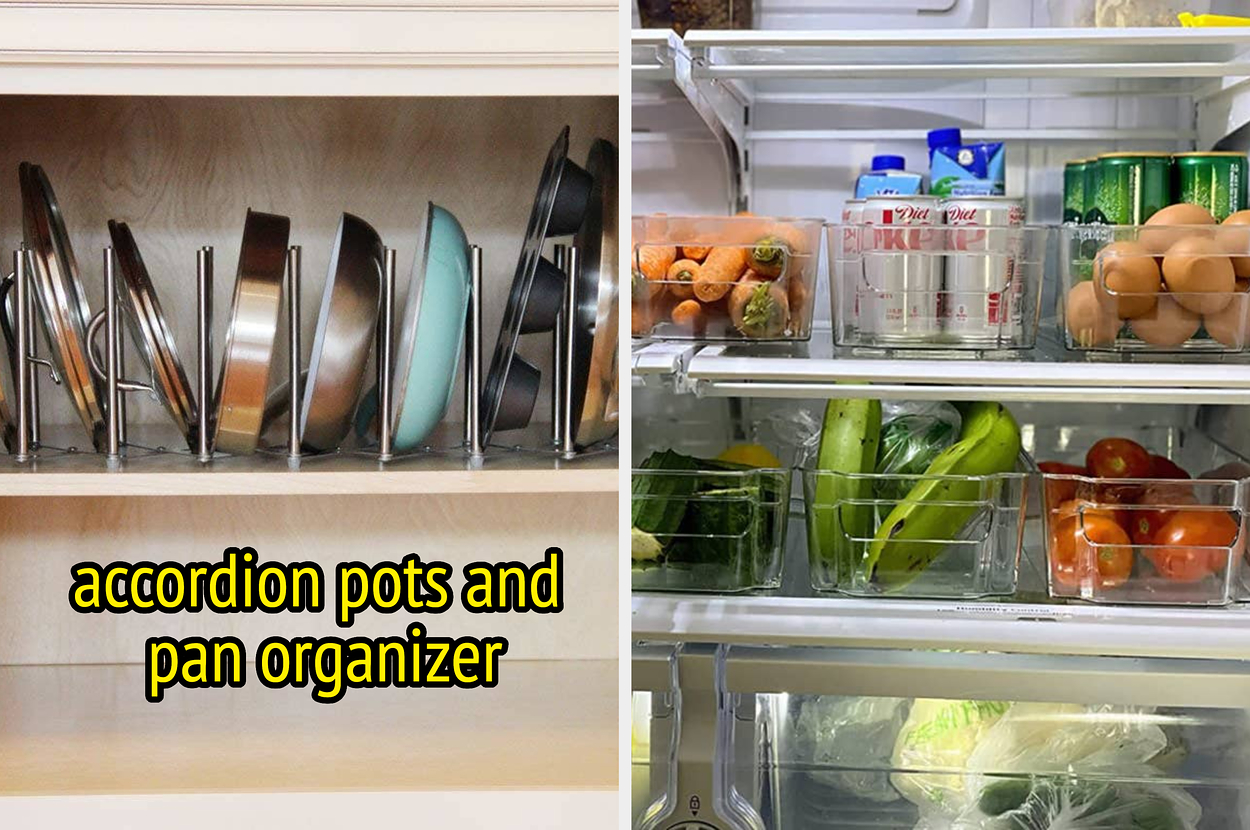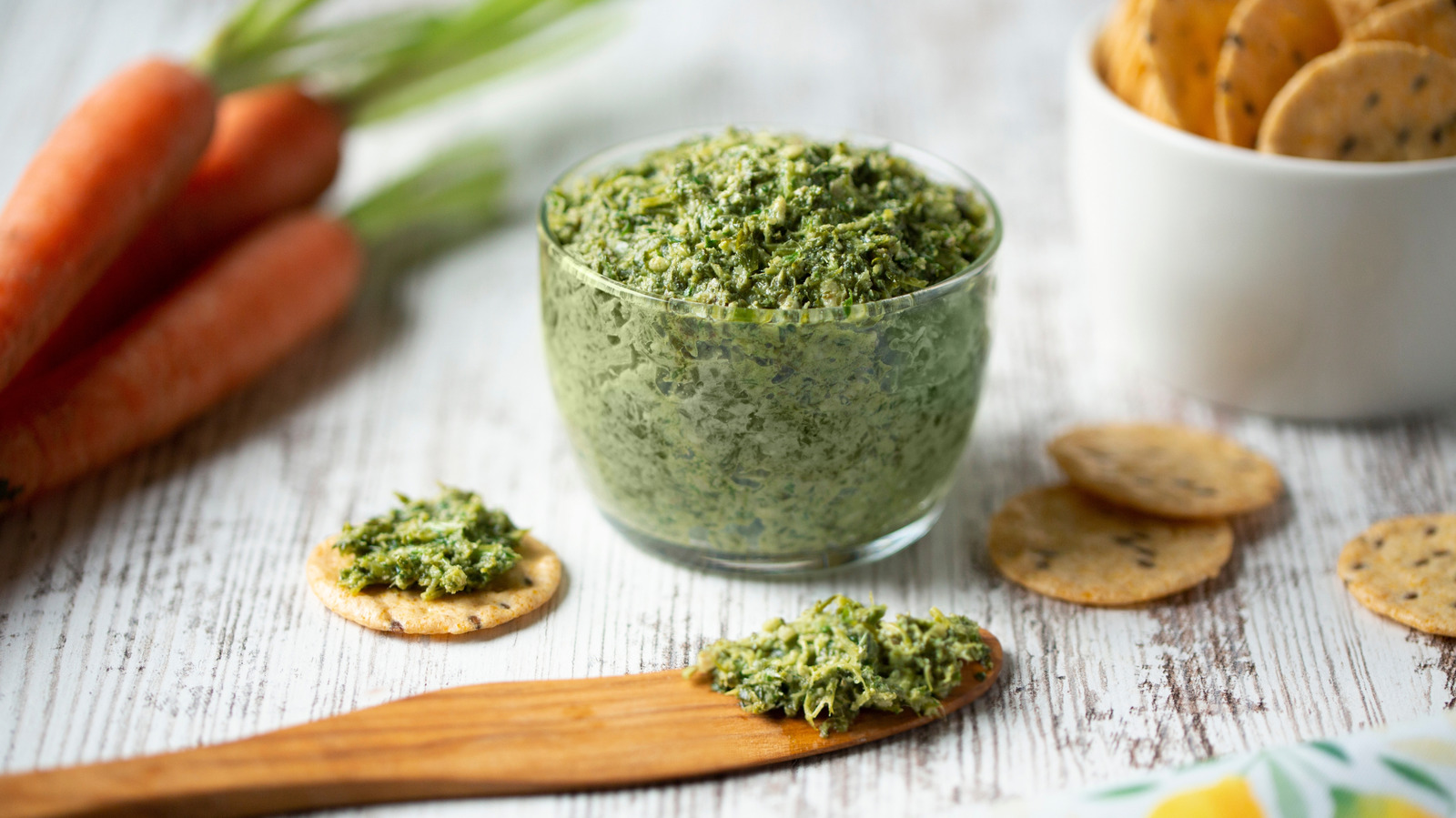
Shrink-wrap sealed around a piece of raw meat. Takeout containers filled with restaurant leftovers. Plastic bottles filled with soft drinks.
These are just a few types of food packaging that surround humans every day. And a new study released Monday shows the chemical toll of all that wrapping – and how it might affect the human body. Researchers from Switzerland and other countries discovered that of the roughly 14,000 known chemicals in food packaging, 3,601 – or about 25% – have been found in the human body, whether in samples of blood, hair or breast milk.

Those chemicals include metals, volatile organic compounds, per- and polyfluoroalkyl substances or PFAS, phthalates and many others known to disrupt the endocrine system and cause cancer or other diseases. The study, published in the Journal of Exposure Science and Environmental Epidemiology, didn’t directly examine the link to these illnesses. But the researchers say their inventory of chemicals can help future research into health risks.
“There are known hazardous chemicals that are known to be linked with adverse human health outcomes,” said Jane Muncke, the chief scientific officer of the Food Packaging Forum and one of the paper’s authors. “And these chemicals leach out of packaging.” Scientists have known for many years that chemicals can spill out of food packaging into the food itself.
How many chemicals – and in what quantities – depends on the type of packaging and the type of food. High temperatures can cause chemicals to leach more quickly into food, which is why scientists recommend avoiding microwaving food in takeout containers. Foods that are high in fat or high in acidity also tend to absorb more chemicals from their packaging, as do foods that are tucked into smaller containers – the more cramped the container, the more contact it has with the food inside.
Muncke recalled a recent flight where she was given a tiny container of salad dressing. “They served the salad with a 15 milliliter little plastic bottle with olive oil and vinegar that you could pour over it,” she said. “I thought, ‘Well, I’m not doing that.
’” To conduct their analysis, scientists made an inventory of the chemicals known to be in food packaging or food processing equipment, and then searched global tissue databases for evidence that the chemicals had been found in the human body. “We don’t think about how the (mostly) plastic packaging adds chemicals to our food, but it’s an important source of human exposures,” R. Thomas Zoeller, an emeritus professor of biology at the University of Massachusetts at Amherst who was not involved in the research, said in an email.
“This is an early indication that harmful chemicals – largely unregulated – are making it into the human population.” Most of the chemicals leaching from food packaging come from plastics, but not all of them. “Probably the worst one is recycled paper and cardboard,” Muncke said.
“And I know that’s a hard one to stomach.” Recycling paper, cardboard or plastic for food packaging leads to nonfood grade inks mixed in next to food, she explained, adding to the chemical risks. In a statement responding to the study, Erich Shea, a spokesperson for the American Chemistry Council, a chemical trade group, noted that its members do extensive scientific analyses to verify the safety of their materials.
“The report references broad categories of chemistries, each having unique uses and profiles, so it is problematic to group them all together,” he added. Scientists say that there is a need for better testing of food packaging and further regulations on what is considered safe to put food in. “We need to be thinking about constructive ways forward, how we can ensure the safety of these materials,” Muncke said.
“What worries me a lot is that’s not happening.” We invite you to add your comments, and we encourage a thoughtful, open and lively exchange of ideas and information on this website. By joining the conversation, you are agreeing to our commenting policy and terms of use .
You can also read our FAQs . You can modify your screen name here . Readers may now see a Top Comments tab, which is an experimental software feature to detect and highlight comments that demonstrate compassion, reasoning, personal stories and curiosity, and encourage and promote civil discourse.
Please sign into your Press Herald account to participate in conversations below. If you do not have an account, you can register or subscribe . Questions? Please see our FAQs .
Your commenting screen name has been updated. Send questions/comments to the editors. « Previous.














